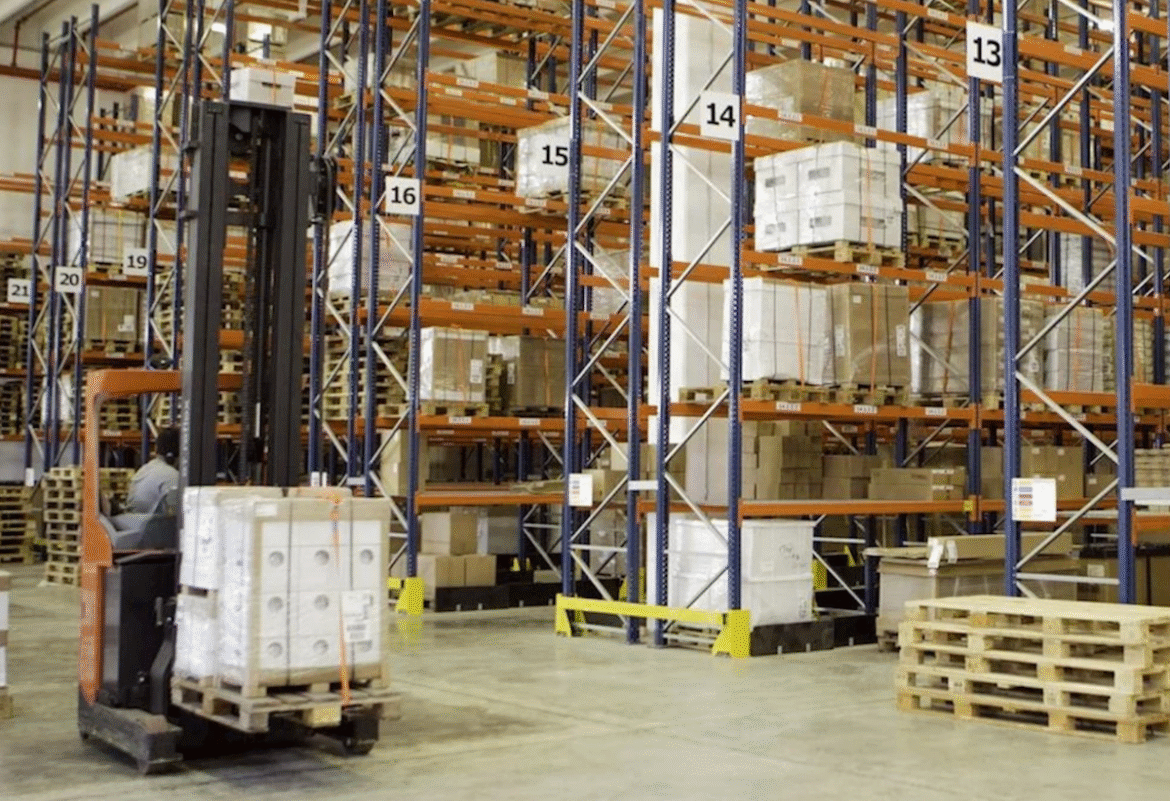BETHPAGE, N.Y. – There’s no great mystery into how one of the world’s biggest port terminal operators is approaching the global logistics business.
“DP World is always looking for ways to help build resiliency in the supply chain,” said Glen Clark, chief executive of DP World U.S./Mexico, in an interview. “We have a global initiative of how we can help customers, especially in today’s world with the changes that are going on in the business. We’re always looking for where we can be best and where we can best play in markets around the world, and where we can be most effective to build customer solutions.”
From the Coronavirus pandemic to Red Sea disruptions and controversy surrounding the Panama Canal, global logistics have been, as Clark puts it, “exciting”.
“There’s been many changes. Supply chains are not stable,” he said. “We have many customers who come to us and say, hey, this is happening or that’s happening, or we feel like you’re going to have to have some challenges in the future. So what we’ve been able to do is collaborate a lot with customers to be able to provide those solutions to them that they wouldn’t have alternatives or they wouldn’t know about just through our assets, through our connections, and through collaboration.”
It’s been almost two decades since Britain’s P&O agreed to sell its U.S. container terminal operations to DP World of Dubai, touching off a firestorm over national security. After Congress voted to block the sale, P&O eventually sold to American International Group. Today, those terminals are operated by Ports America, the largest U.S. marine terminal operator, which itself is wholly-owned by Canadian pension funds.
DP World, among the world’s five largest maritime operators with assets in 78 countries, has yet to make another overture to U.S. ports. But that hasn’t stopped it from building network operations in North America. In Canada, it operates the Vanterm and Centerm terminals at the Port of Vancouver, and is the sole operator at the fast-growing Port of Prince Rupert, also in British Columbia, where its Fairview Container Terminal has helped establish an alternative gateway for international container traffic moving from Asia into the United States via rail on Canadian National.
In September, the Montreal Port Authority and Canadian arm of DP World announced an agreement to develop a new container terminal at the Port of Montreal that will add 1.15 million twenty foot equivalent units (TEUs) to the port’s annual handling capacity.
The company, which is controlled by the government of Dubai and its royal family, doesn’t break out detailed financial information by location. But it did say that the Americas region made a substantial contribution to global revenue of $11.24 billion in the first half of 2025, up 20% year-on-year.



